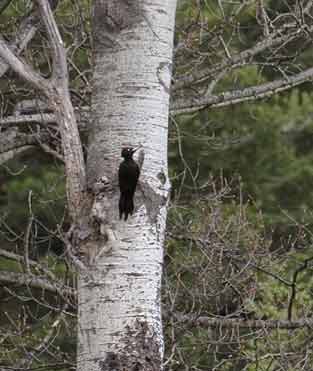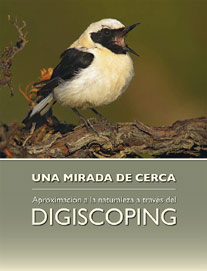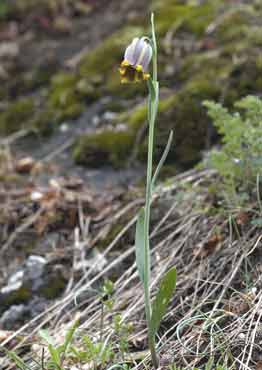
Photo courtesy of Chris Hardingham
The Black Woodpecker flight call rang out above the noise of the torrent. Brian raised his binoculars just in time to focus on the bird before it disappeared from view into the forest of fir and pine.
“Typical! You take a party of birders half way up the mountains of Ordesa National Park and the bird turns up right next to the car park when you go down to look for Geoffrey Pringles’ damn pills!”
He crossed the wooden bridge over the torrent and started making his way to the van. Two middle-aged tourists crouched near the river bank caught his eye and beckoned him over. They spoke to him in English.
“Hello. You wouldn’t know what to do with this hedgehog, would you? It seems to be sick or injured. It’s breathing but hardly moving.”
Brian looked down at the hedgehog, which effectively seemed to be gently rocking from side to side. He was surprised: the Ordesa valley seemed a cold place for a hedgehog to survive the winter.
“I don’t think there’s much we can do. Just move it to a place where it can rest without coming to too much harm.”
“Not an easy beast to transport. I mean, apart from the spines hedgehogs are usually infested with fleas.”
“Hmm. I’ll be back in a minute.”
Brian made his way to the van, picked up Geoffrey Pringles’ pills from the glove compartment and then reached over and grabbed a fur-lined jacket slung over the back of a seat. He went back to the river bank and coaxed the hedgehog onto the jacket lining. One of the tourists looked at him rather bemused.
“I hope you weren’t planning to wear that jacket today!”
“Not even if it rains, ” Brian answered with a smile.
Brian carefully placed the hedgehog in a small, bushy area off the main path, rolled the jacket up with the lining inside, and crossed the torrent by the wooden bridge once more.
Although the clouds were closing in, the wind had picked up, and the temperature had dropped considerably in the last hour or so, Brian made no move to don the jacket. Instead he puffed his way up the steep path, winding upwards through innumerable hairpin bends, pausing briefly to catch his breath now and then and to spot a bird or two. As he got closer to the treeline he encountered small parties of Citril Finches, Crossbills and a Ring Ouzel hopping around a small, sheltered meadow.
The Black Woodpecker call echoed up from further down the valley, reminding him of his earlier exchange with Geoffrey Pringle, just after they had pulled up in the Park’s car park…
“Whenever I’ve seen Black Woodpecker at Ordesa it’s been along that path”, Brian had told Geoffrey Pringle, pointing to the left.
“Yes, that’s very interesting, but the information I have points us in the other direction, to the right”
“That paths very steep you know,” said Brian.
“Maybe. But that’s where I want us to go,” sentenced Geoffrey Pringle.
So Brian had had to lead the group towards the waterfall along the steepest path. Not an hour had passed, though, before Geoffrey Pringle had something else to say.
“I’m getting quite a headache. And I left my pills in the van.”
“We’ve come up a long way now Geoffrey. Do you really need them?”, asked Michael, Geoffrey Pringle’s closest companion.
“Yes I do. Perhaps Brian could go down and get them. What about it Brian? I’m sure you won’t mind, after all you are the fittest of the group. We’ll meet again at the waterfall.”
The wind was blowing and the air was decidedly chilly when the path evetually levelled off. Brian thrust one hand into a pocket and instinctively tightened his grip on the rolled up jacket with the other. When he reached the foot of the waterfall the group was dotted around seated on rocks, finishing off their packed lunches.
Geoffrey Pringle looked at him.
“Hello. The pills? And is that my jacket you’ve got there rolled into a ball ?”
“Oh yes! I’d almost forgotten I had it. I thought you’d be cold. Here you are.”



